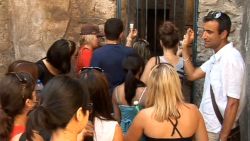It doesn’t take long for the constant sound of baas to sear into a visitor’s brain at the Box L Ranch, located just up a county road from Moroni, Utah, about a hundred miles south of Salt Lake City.
“If you were here last week, we had around a hundred lambs being born a day,” says Wade Eliason, a sixth-generation rancher. Spring is the busiest season for Eliason, as most of his four thousand ewes give birth during April and May.
While much of his focus is making sure newborn lambs are healthy and well-nourished, the global pandemic has become a continuous worry.
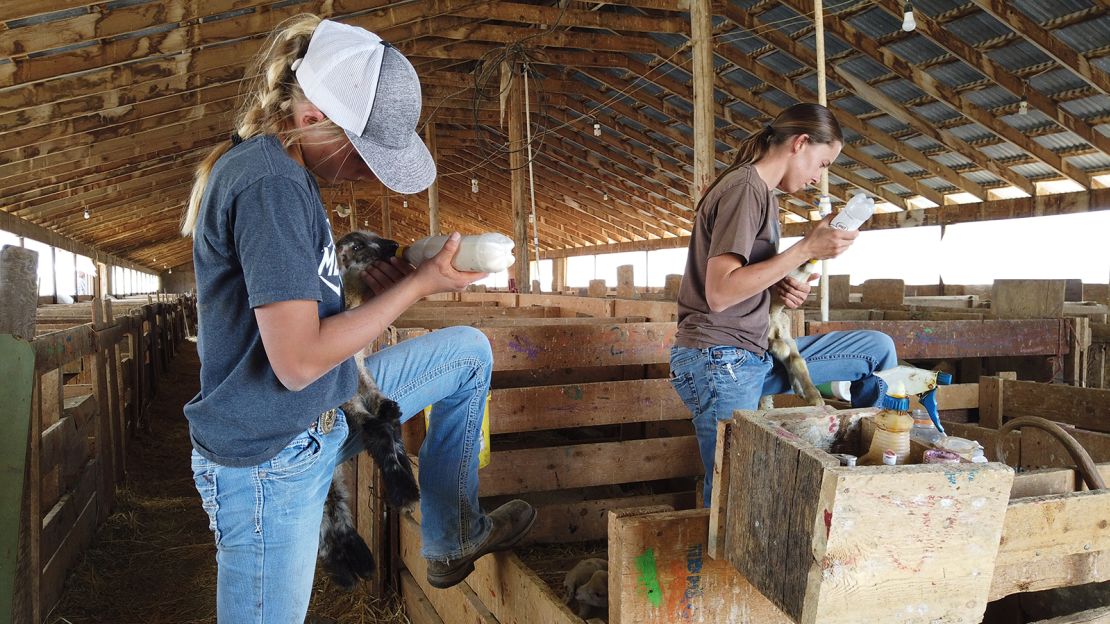
“When we all first started hearing about the coronavirus, it was like, ‘Oh, okay, whatever,’” says Eliason. “But as we know, it’s become very real to each one of us in different ways.”
The problem with lamb
For sheep ranchers across the nation, the demand for their lamb meat has plummeted during the pandemic.
Erica Sanko, Director of Analytics and Production Programs for the American Sheep Industry Association estimates domestic ranchers have lost $125 million in the lamb meat market.
The reason: closed restaurants, docked cruise ships, and canceled hotel banquets.
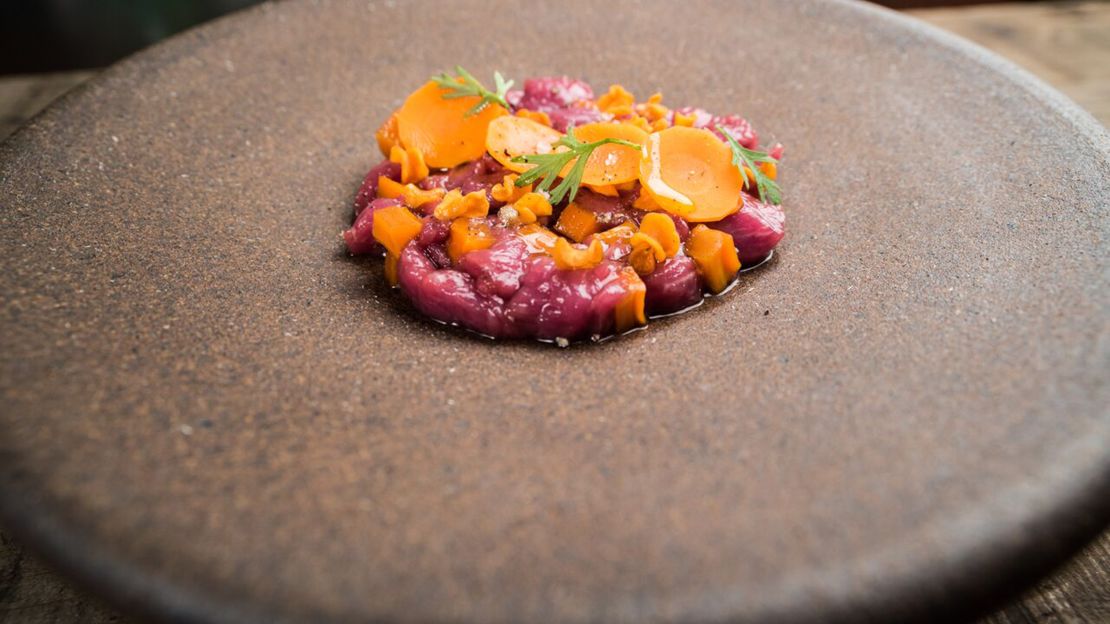
“Since we’ve opened, we’ve always had lamb on the menu,” says Nick Fahs, chef and co-owner of Table X in Salt Lake City. Fahs and partner, chef Mike Blocher, closed their highly acclaimed restaurant on March 14. Unable to offer dine-in service, Table X stopped purchasing fresh local produce and meat from Utah farmers.
Megan Wortman, the Executive Director of the American Lamb Board, says restaurants, including Table X, and the rest of the service industry make up half of the lamb meat market. Fahs and Blocher agree, of all provisions, lamb and the ranchers that raise it will take a serious hit because consumers are often wary to buy the meat in grocery stores, and prepare it at home.
“There’s a stigma of unfamiliarity and inexperience of making (lamb),” says Blocher who, with Fahs, is a recent James Beard Award semi-finalist.
“Lamb is really easy to overcook,” adds Fahs. ”It’s leaner than other meats, so if it’s overcooked, it’s not tender.”
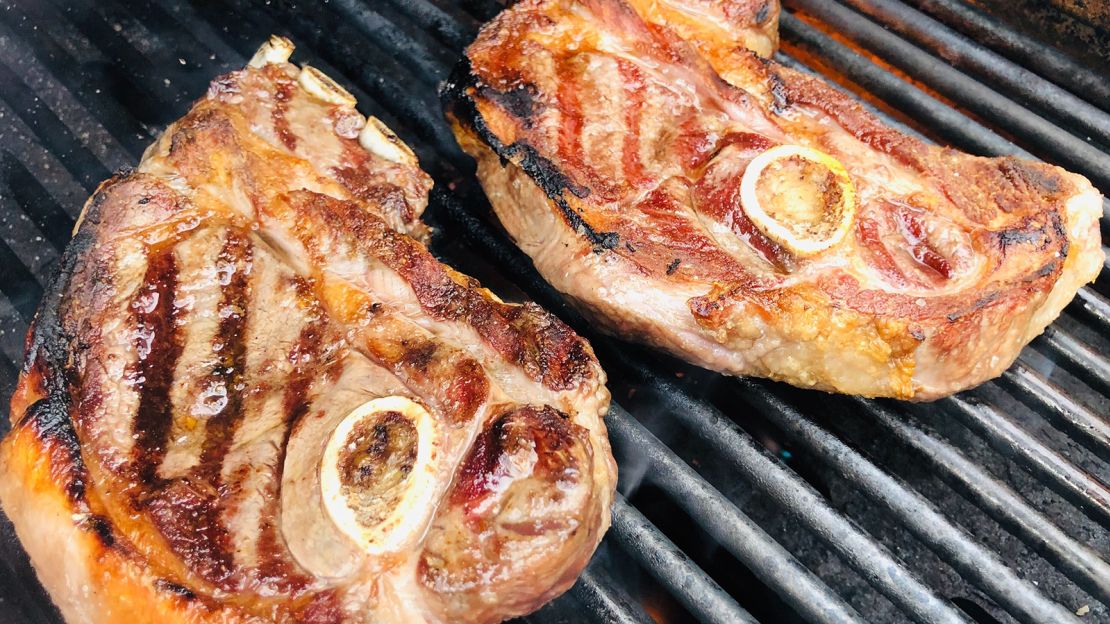
“Farmers and ranchers are in a desperate situation,” says Ron Gibson, president of the Utah Farm Bureau.
Gibson, a dairy and onion farmer himself, says ranchers and farmers desperately need to get their commodities harvested, processed, and into consumers’ kitchens.
“That was the genesis for Farmers Feeding Utah.”
Farmers Feeding Utah
According to Matt Hargreaves, Vice President of Communications for the Utah Farm Bureau, the initiative has raised almost $150,000 to buy meat and produce grown by local farmers to distribute to people experiencing food insecurity.
“We thought, ‘We have the food; there’s people that need it; we’re going to figure out how to get that food to the people that need it,” says Gibson.
This past week, Hargreaves said the Farmers Feeding Utah program donated over 105,000 pounds of lamb and 10,000 pounds of flour, harvested from Utah wheat fields, to the Navajo Nation in the southern part of the state. Some of that meat came from Wade Eliason’s ranch.
“It does give us pride through all this turmoil we have right now and be able to help just in a small way,” says Eliason.
“We’ll be able to reconnect that supply chain on a different level than we have been in the last decade or two. We’re trying to get back to where people understand how important that local farmer is to them,” explains Gibson.
Lamb on the kitchen table
The Table X chefs agree. They hope the Farmers Feeding Utah initiative can show the service industry a more direct way to connect farmers with restaurants and diners.
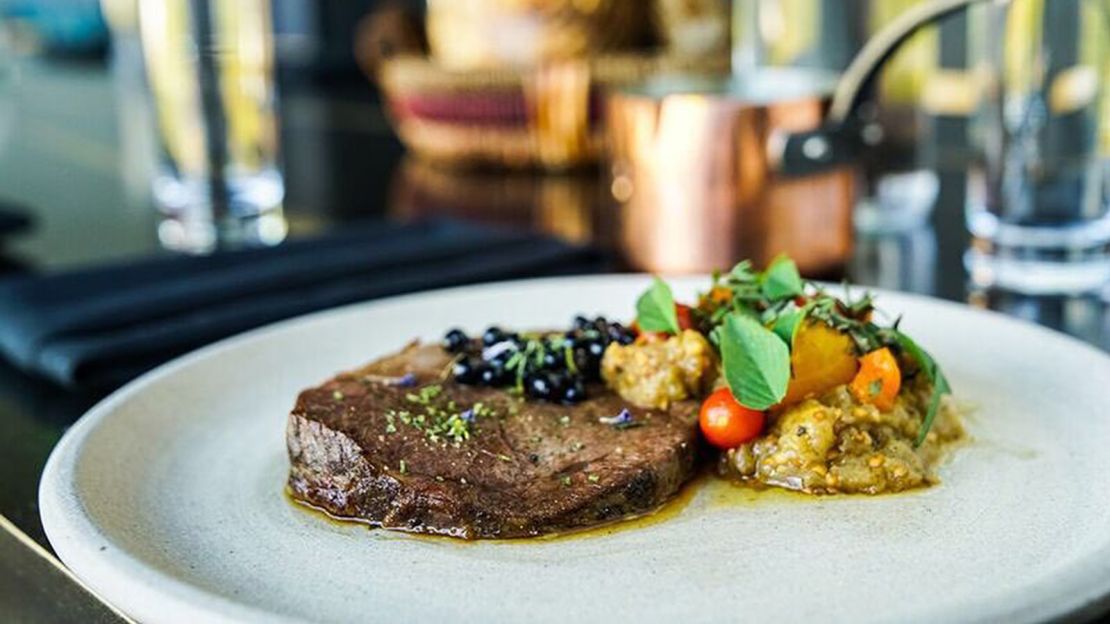
“From day one that has been our mission: know where your food is coming from,” says Fahs. “The problem is there is not good enough infrastructure to make that happen. That takes a lot of work to do. The logistics are so hard. But we need to be safe. The more you can cut out the processing, the delivery, or the transit, or the human contact, the safer it will be.”
On May 1st, the state of Utah allowed dine-in service, with social distancing measures in place, to resume at restaurants.
Table X is hoping to re-open in the middle of summer and return to serving dishes sourced primarily from Utah farms and gardens. In the meantime, Fahs and Blocher say consumers should continue to support their local farmers, even if that means cooking things like lamb for the first time.
“Try to find a cut with a name that you are familiar with,” says Blocher. “Try ground lamb first. Be more gentle with it.”
The chefs say simple dishes like lamb burgers on the grill could be a good start for home cooks not familiar with cooking the delicate meat.
“Above most other meats, better to go rarer,” adds Fahs.






